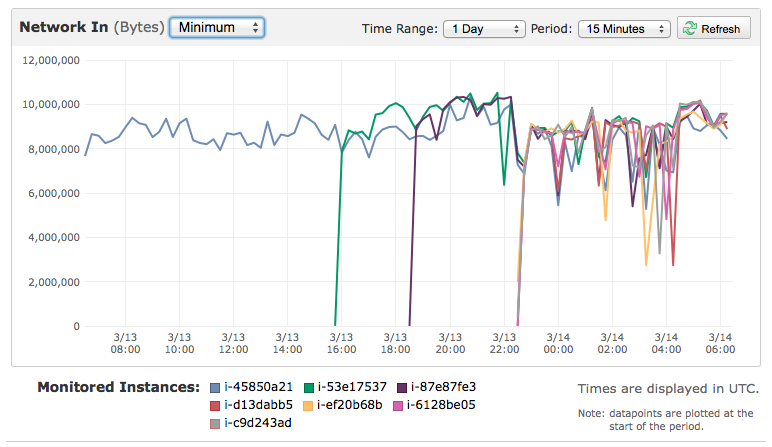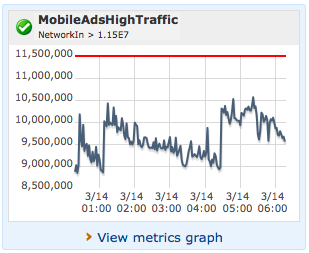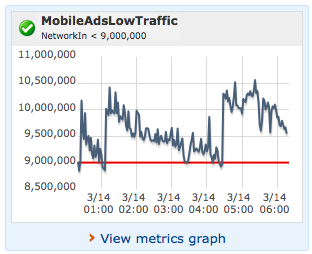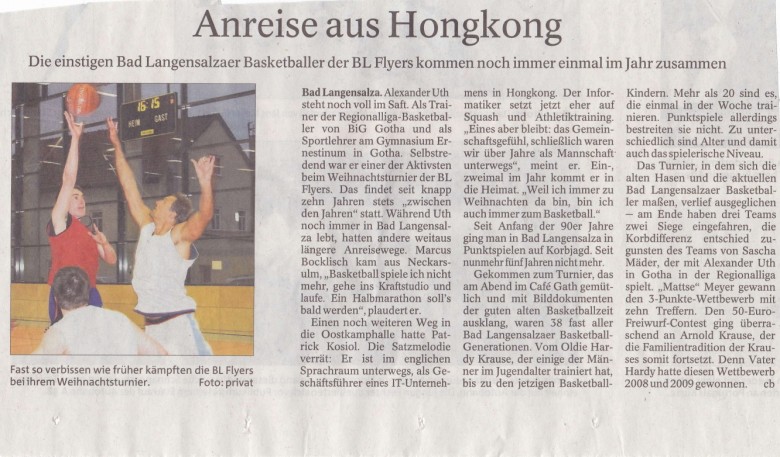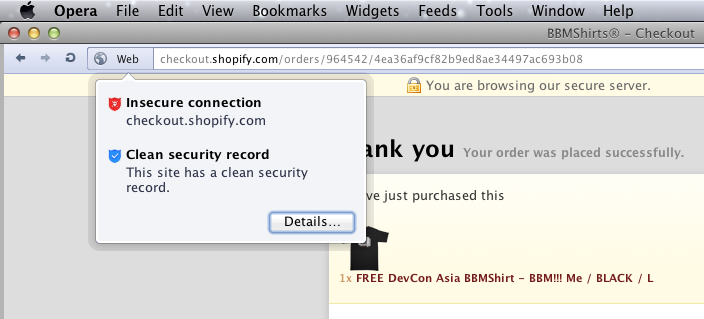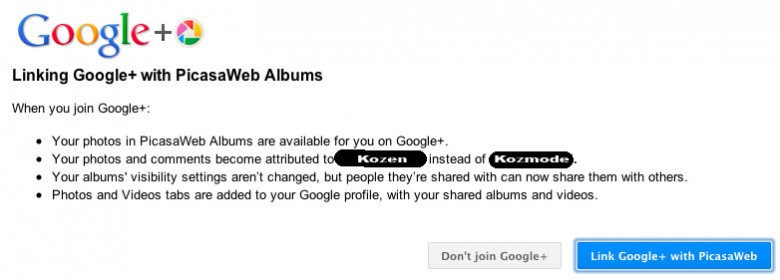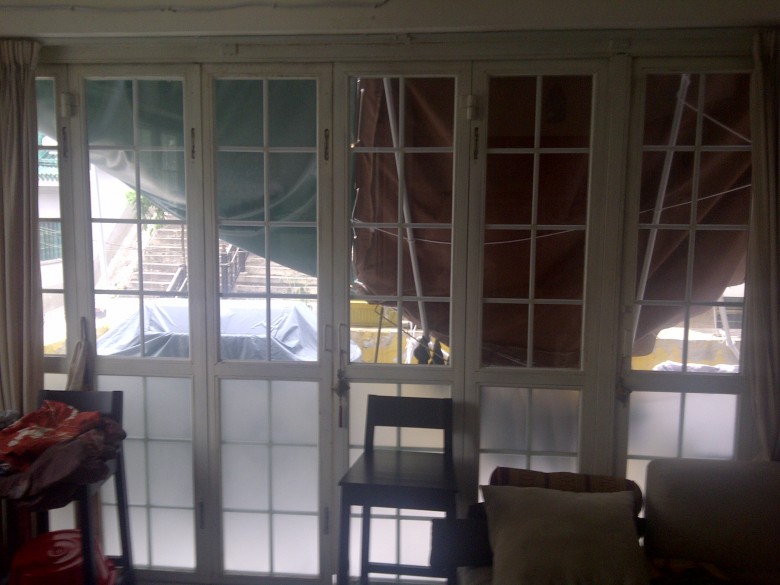A couple of years ago when we started building mobile apps for BlackBerry® smartphones the majority of BlackBerry® users were business people. They used their devices because they got them from their employer. The biggest BlackBerry® app buyer group back then were businesses who wanted to improve their business processes and bring more functionality to mobile. Obviously, we could have gone the way of building applications and services for those companies. As we weren’t the best B2B sales people, we were in not in the best physical location (Kunming, PRC) to meet up with business decision makers and we couldn’t be bothered to nurture business relations and attend ‘networking events’; we chose the path of targeting consumers directly. In a sense, it’s more fun anyway.
By targeting consumers we have to focus on moving at a faster pace. We need to bring updates of products very frequently, we need to publish new products often and we have to hit the sweet spot of what people really want, and so on. On top of that we have to establish a proper relationship with our users. This includes multiple communication channels like email, direct instant messaging, Twitter, Facebook, etc. Since the launch of S4BB’s Facebook page back in October 2011, we could grow our fan base to over 120,000 fans in less than 6 months. Most recently, we are pushing this a bit more and are seeing tremendous interest. To our marketing interns: Great job so far!

Building a huge fan base is usually one of the main goals of consumer companies when it comes to social media like Facebook for example. Every marketer you might want to hire, keeps telling you: you need a huge base (newsletter subscribers, Twitter followers, Facebook fans, feed subscribers, etc.) and later on you just need to “activate” them to sell products and services to them. That does sound good in theory, but let’s be honest here – what’s happening in the real world? In fact most companies spent a lot of money on building up huge online / social media properties with Facebook pages and communities way bigger than our S4BB Apps. Yet, most of those brands utilize their social media presence in the traditional “one-way direct marketing” kind of sense by kicking out a discount voucher once a week and publishing news about their products. Hoping these initiatives pay off. Yes, we do that too and yes, everything can be tracked to ensure proper ROI. But the truly big thing is: social media actually allows us to have a direct bi-directional communication with our brand’s audience. “Social Media Gurus” can talk you to sleep about that topic. Yet, nobody has an answer on how to manage bi-directional conversations with hundreds of thousands of fans and followers who have different views about different topics, products; speak different languages, live in different time zones and countries, and could all talk at the same time — to you.
At S4BB Ltd. and Skylab Mobilesystems Ltd. we are building products for consumers in a large scale. We target global audiences in any country in the world with any mobile platform they prefer. At TreeCrunch Ltd. we are actually building a platform for companies which have huge online properties with many customers, followers, fans; simply users, I like to call them. TreeCrunch’s direct customer-engagement platform allows us to overcome these challenges in communicating with our audiences at S4BB and Skylab, but it also allows any brand like yours to do the same. Is your company up for that?
More to come. Stay tuned and subscribe to my RSS feed.
Related posts:
- Scaling a Web Server to Serve 165 Million Ad Requests per Day (S4BB Limited)
- Traveling the Silicon-Valley-Style Tech Startup Road (TreeCrunch Limited)

